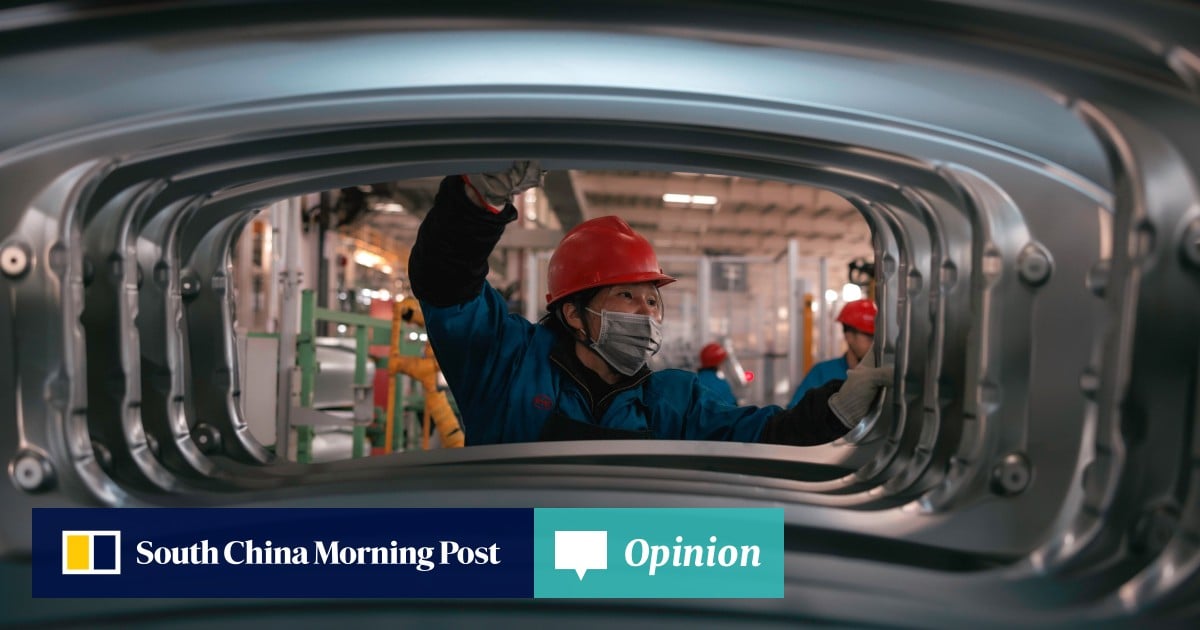In this discussion, pointing out that China still lacks a few key technologies, or that it obtained most of the technologies it has thanks to the allure of its huge market, is nitpicking. The true measure of technological success is the ability to convert new technologies into profits, growth and engines of development. And China has done that not only by using Western technologies in their original form, but also by rapidly upgrading and adapting them.
According to Keyu Jin of the London School of Economics, the answer is simple: China is a truly innovative country. Western observers struggle to recognise that, because their perspectives on China are so politicised. But MIT’s Yasheng Huang insists that all China has done is repurpose Western technology, because entrenched Chinese traditions constrain innovation. Unless it can break those traditions, he concludes, economic decline is all but inevitable.
Both economists provide entire books’ worth of evidence for their analyses. How is this possible? One explanation might be that, in China’s highly complex political economy, many of the factors that can be regarded as incompatible with innovation are offset or complemented by innovation-enabling policies and structures.
But even as the central government issues unifying policies and strategic documents, it also gives local governments ample room to encourage private-sector innovation, not least by establishing a nearly perfect pro-business environment. Though the degree of autonomy enjoyed by local governments is not static, policies tailored for the local economy are widely encouraged.
Moreover, China’s leaders understand that, far from hampering competition, subsidies can foster it. For a few tech firms to propel the development of an emerging industry, enormous entry barriers must be overcome. In most Western countries, support from developed financial and capital markets makes this possible but, even then, companies need ample time to achieve scale and competitiveness. Given that this entails high fixed costs, early subsidies are highly valuable – even essential.
In China, many local governments are willing and able to share these fixed costs, not only by providing subsidies, but also by establishing investment funds for emerging industries. This facilitates market entry by more companies, leading to the development of greater production capacity.

Crucially, this capacity is distributed across various locales, with companies operating in highly competitive individual markets, rather than a single market. In this sense, China’s economic segmentation – which critics often cite as a weakness – is a source of strength.
China’s comprehensive industrial ecosystem means that firms gain a competitive edge from network externalities and economies of scale. This helps to explain the rapid rise of China’s EV and lithium-battery sectors – an achievement that critics attribute to China’s industrial subsidies and defenders attribute to a competitive domestic market environment.
For China’s critics, excessive bureaucracy, dominant SOEs, an underdeveloped financial sector and fragmented markets are militating against the emergence of a highly dynamic and competitive economy. And yet, as any long-time observer of China can tell you, the reality is not that simple. China is a vast country, with a long history of a single state, deep cultural traditions and a highly complex governance structure, which looks both centralised and decentralised, both rigid and flexible.
Top-down control coexists with – and even allows for – local-level autonomy and bottom-up innovation. It is this “double-helix” phenomenon that leads to radically contrasting analyses of the economy’s prospects.

